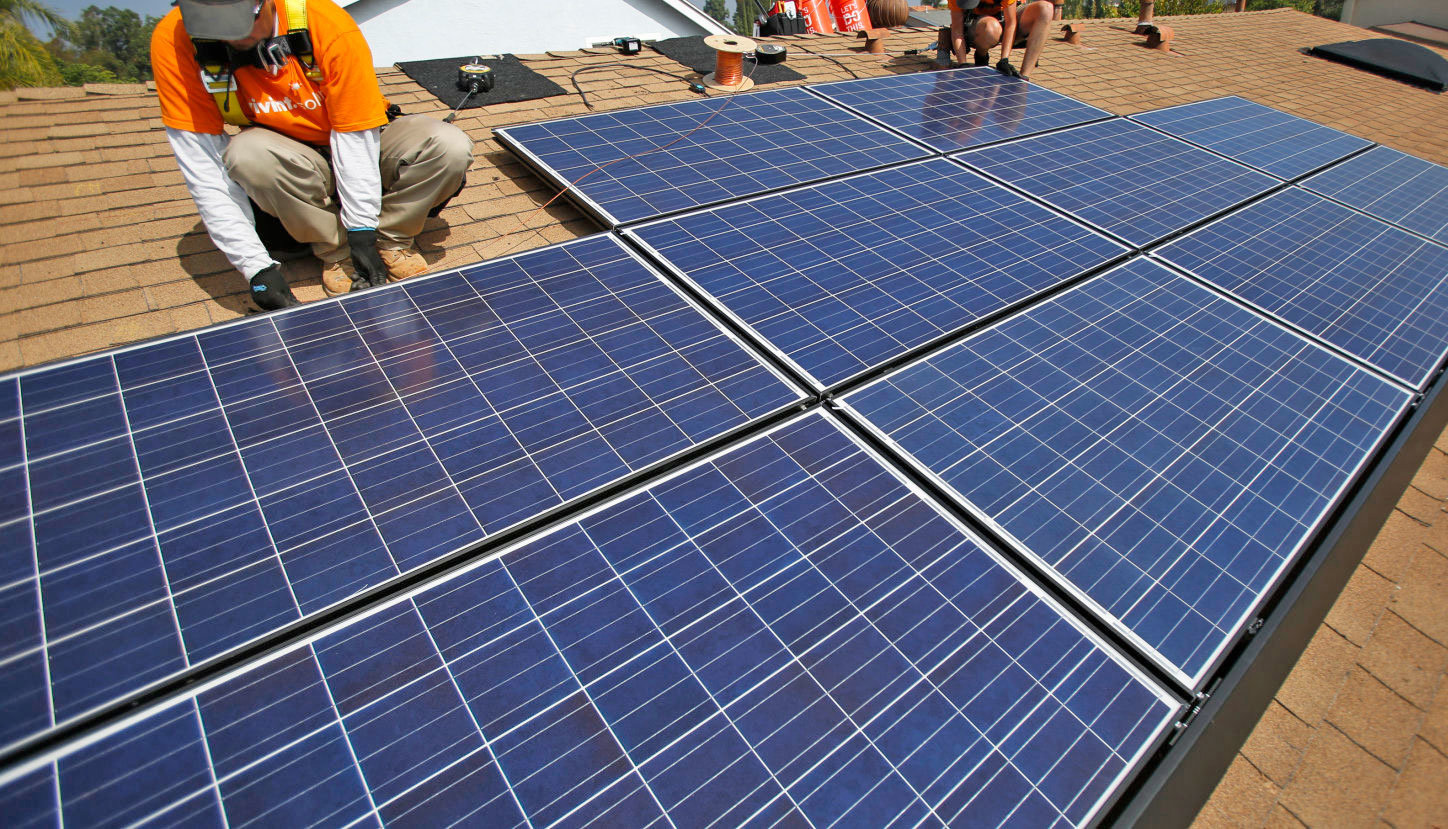Tax Credits for Solar System Purchase

Another Reason to Go Solar
There are huge benefits to installing solar panels for your home in 2019- going green, reducing expenditure, or protecting yourself against future price rises! It makes sense to make the most of the incredible sunshine through the Central Valley of Southern California where most towns get over 250days of sunshine a year and Sacramento is one of the sunniest cities on Earth. But on top of that, solar consumers are eligible for federal tax incentives when you purchase and install an eligible solar system.
It doesn’t matter if you are in the city or on a farm, what property type or where you are in the San Joaquin valley- from Sacramento to down south in Fresno and Visalia. The support is also independent of who actually provides your electricity. So whether your provider is PG&E, Sacramento Municipal Utility District or anyone else you can still benefit and you might still get cash back from your provider!
Right now you could get a 30% tax credit with no upper limit. The support won’t be there forever, and 2019 is the best time to gain maximum advantage. Read below to find out why.
Please note you should seek professional advice from a qualified tax advisor before claiming any tax benefits or exemptions.
Similarly, for help with the intricacies of installation and financing schemes, you’ll need help from a knowledgeable contractor. Contact us at Valley Solar Pros.

The Basics
Solar tax credits arrived in 2008 as part of the Emergency Economic Stabilization Act, which included $18 billion in incentives for clean and renewable energy technologies, as well as for energy efficiency improvements. Later legislation extended and renewed these credits.
Here’s how it works:
-
- It’s a federal investment tax credit for both residential and commercial consumers installing both photovoltaics and solar water heating systems.
- A consumer must have a federal tax liability to take advantage of the solar investment tax credit (“ITC”).
- Under current legislation, the solar ITC for residential system owners in 2019 is 30% of the total system cost with no upper limit.
- However the ITC of 30% rate is only available for systems placed in service through December 31, 2019.
The credit drops to 26% through the end of 2020, then 22% through 2021 before dropping to zero by the end of 2021. - If you’re eligible 2019 is the best time to install!
Working with Tax Credits
- To claim the 30% federal solar tax credit simply complete form 5695 when you do your taxes for the year.
- It’s the solar system owner who has the ability to take advantage of the solar tax credit. Entities without a federal tax liability (like regular homeowners) can use third-party system owner arrangements to install solar since a third-party can take advantage of the solar investment tax credit, passing along savings to the solar system host customer.
- The federal tax credit is a one-time credit, but may be carried forward (and possibly back) if not completely useable in the tax year of system installation- so you could use the credit of different years. Please consult a tax professional in this case.
- Eligible projects may take a “grant in lieu of tax credit” under Section 1603 of the American Recovery and Reinvestment Tax Act of 2009 (Section 1603). The 1603 grant program is administered by the United States Department of the Treasury.
- Business owned systems may also be eligible for MACRS 5-year Accelerated Depreciation using IRS federal form 4562 available at www.irs.gov/formspubs. For more info on commercial tax benefits please contact your tax preparer or a tax attorney.
- Tax implications will not affect Municipal and non-profit entities, as they are usually tax-exempt.
